Why pastured poultry is good fit for grassland farm
Farmers Weekly
OCTOBER 19, 2023
Farmers Weekly At Paddock Farm in Warwickshire, 300 Hy-line and Dekalb hens follow beef cattle around the grazing rotation, producing an average of 240 eggs a day.
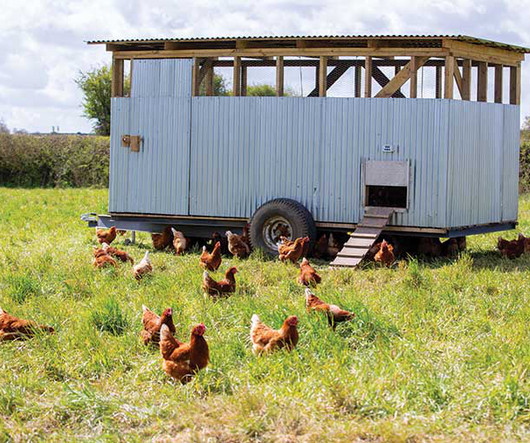
Farmers Weekly
OCTOBER 19, 2023
Farmers Weekly At Paddock Farm in Warwickshire, 300 Hy-line and Dekalb hens follow beef cattle around the grazing rotation, producing an average of 240 eggs a day.

Food Politics
JANUARY 16, 2024
A reader, Kris, sent me this query: I hope in a future writing you can help sort out the mixed statements I’m reading about how pasture-raised meat lines up in terms of environmental/climate change concerns, (particularly if it doesn’t involve extensive shipping). So, I’m all for pasture grazing.
This site is protected by reCAPTCHA and the Google Privacy Policy and Terms of Service apply.
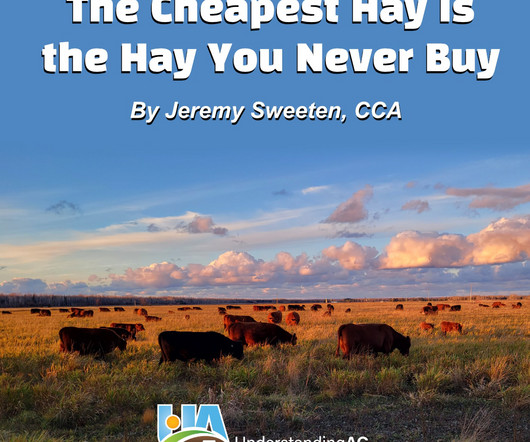
UnderstandingAg
DECEMBER 31, 2024
The Cheapest Hay Is the Hay You Never Buy *Additional management considerations for this article were provided by Kent Solberg, Understanding Ag, LLC Stockpiled Pasture Regenerative agriculture and adaptive grazing often focus on reducing inputs in an agriculture production system. Instead, lets talk about cattle and making money.
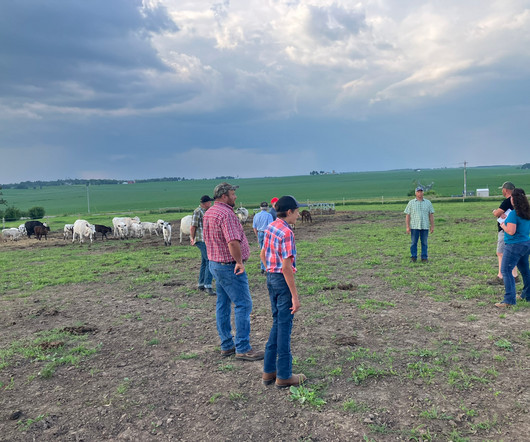
Wisconsin Farmers Union
SEPTEMBER 9, 2024
What’s in a Pasture Walk? If you’ve been to one pasture walk or field day, you’ve almost certainly been to more because field days are like potato chips – once you try them, you can’t stop. However, getting to a field day or pasture walk can be tough with so many competing priorities in life. They’re incredibly valuable.
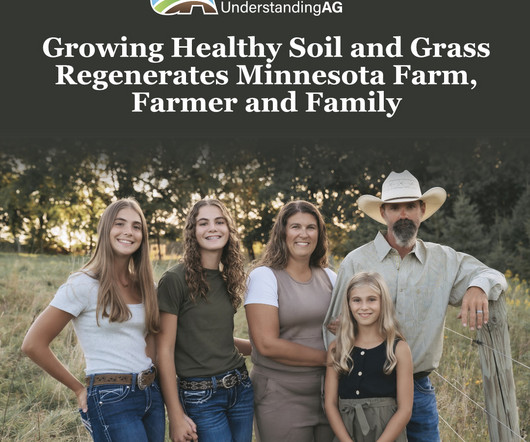
UnderstandingAg
FEBRUARY 24, 2025
Before his regenerative transition, Bergler would come home from his work off the farm as a custom home builder and face the time-consuming chores associated with feeding cattle daily, spending hours baling hay, mixing feed, and hauling manure, all of which left little time for the luxury of family time. But were still here, he says.
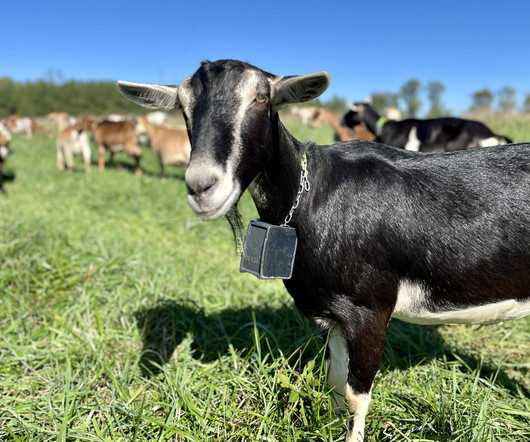
Civil Eats
NOVEMBER 27, 2023
Some roam through pastures testing bunches of fescue, a cool-season grass, for the sweetness the frost brings. based Vence , which was acquired by veterinary pharmaceutical giant Merck Animal Health in 2022, has been slowly rolling out a similar system on larger cattle ranches across the West since 2019.
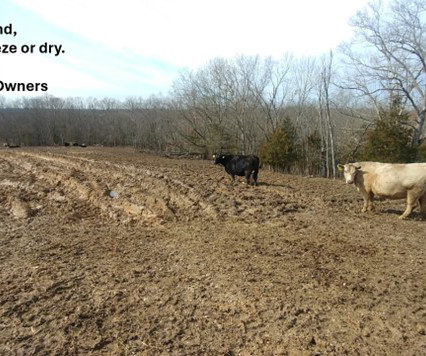
ATTRA
APRIL 2, 2024
Our pastures are devastated by livestock feeding areas, hooves, gate ruts, excessive rain, snow melt, and lack of vegetative cover during the non-growing season. We are too aware of the cost of pasture forage restoration, truck fenders, and loss of man hours, but there is also a cost to the health and welfare of our livestock.
Let's personalize your content